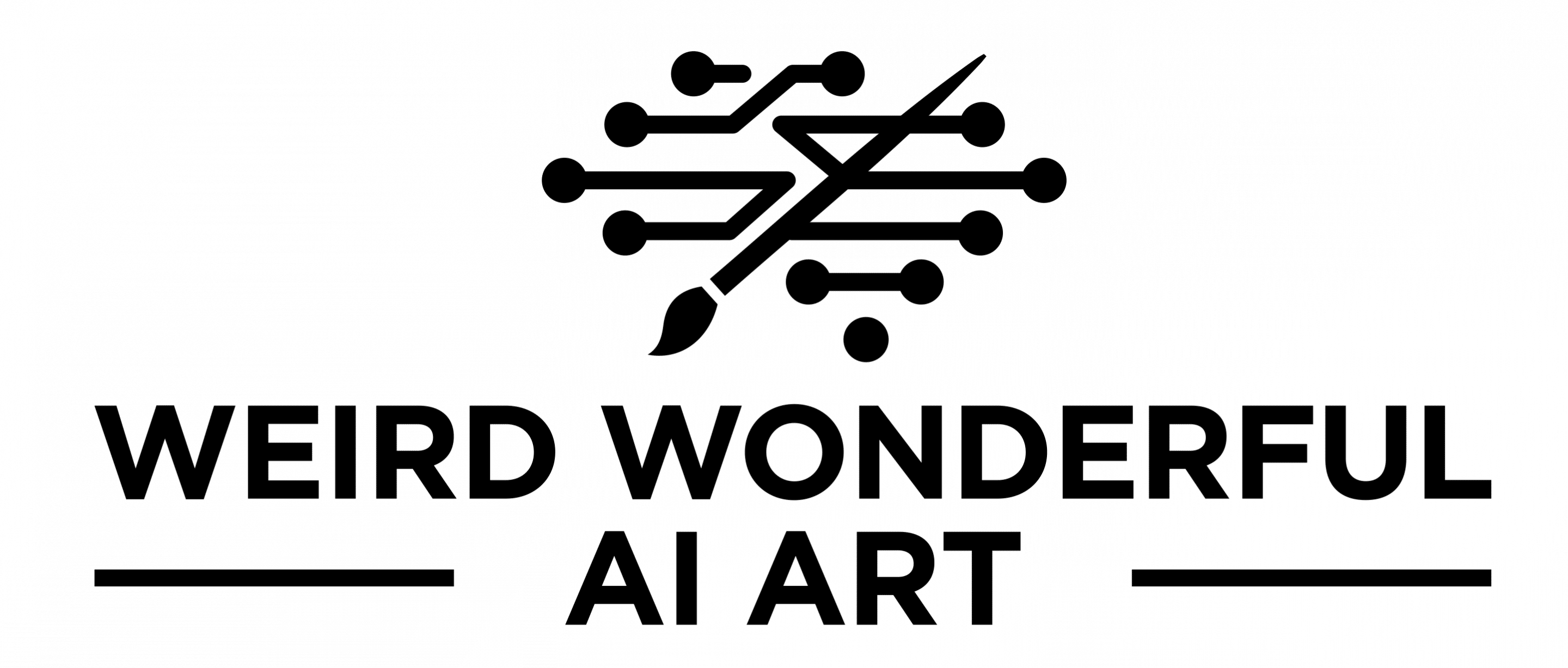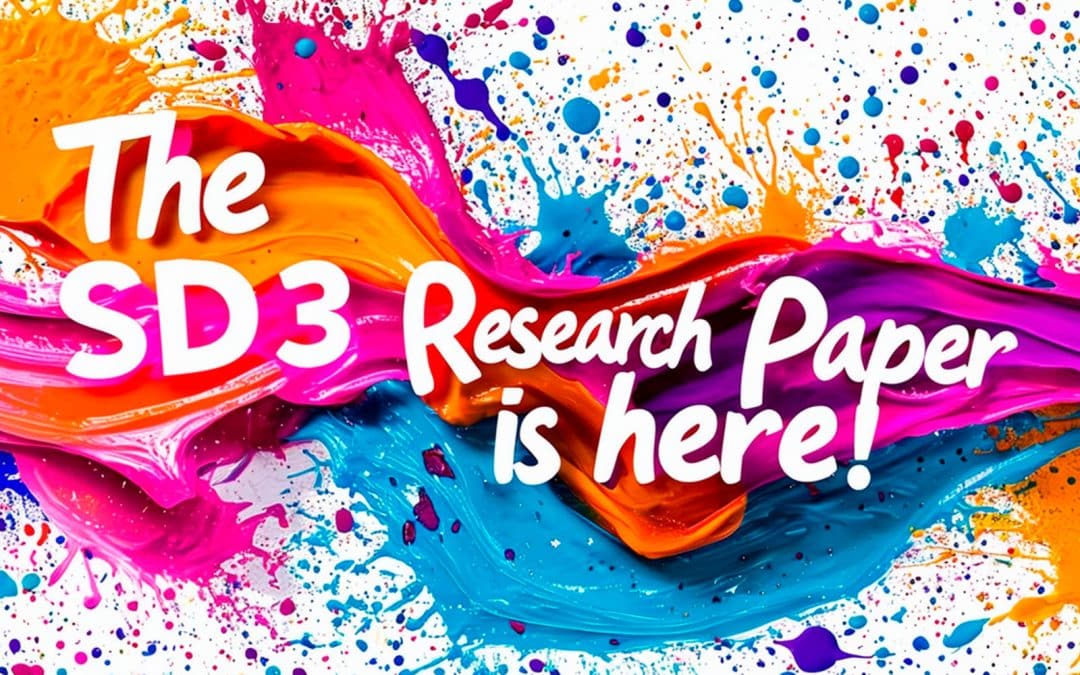Improving Text-to-Image Synthesis with Multi-Modal Diffusion Models
Text-to-image synthesis is a rapidly growing field that has gained significant attention in recent years. The goal of text-to-image synthesis is to generate an image based on a given text description. This task has numerous applications, such as in computer vision, natural language processing, and multimedia processing.
In this blog post, we’ll explore how Stable Diffusion 3 Multi-modal Diffusion Transformer (MMDiT) can be used to improve text-to-image synthesis. We’ll discuss the current state-of-the-art methods, the limitations of existing approaches, and the potential benefits of using multi-modal diffusion models. All this is based on recent release of the paper on Stable Diffusion 3
Current State-of-the-Art Methods
Current state-of-the-art methods for text-to-image synthesis involve using generative adversarial networks (GANs) or variational auto encoders (VAEs) to generate images based on text descriptions. These methods have achieved impressive results, but they have limitations. For example, they often produce images that are not semantically consistent with the text description or that lack detail and realism.
Limitations of Existing Approaches
One of the main limitations of existing approaches to text-to-image synthesis is that they rely solely on text-to-image models. These models are trained on large datasets of text-image pairs and learn to generate images based on the text descriptions. However, these models often produce images that are not semantically consistent with the text description or that lack detail and realism.
Another limitation of existing approaches is that they do not take into account the multi-modal nature of the text-to-image task. Text-to-image synthesis involves generating an image based on a text description, but it also involves understanding the text and the image simultaneously. This requires a deep understanding of the text and the image, as well as their relationships with each other.
Multi-Modal Diffusion Models
Multi-modal diffusion models offer a promising solution to the limitations of existing approaches to text-to-image synthesis. These models are trained on large datasets of text-image pairs and learn to generate images based on the text descriptions. However, they also take into account the multi-modal nature of the text-to-image task.
Multi-modal diffusion models use a combination of text and image features to generate images. These features are learned during training and are used to generate images that are semantically consistent with the text description. The models also use a combination of text and image features to generate images that are visually plausible and aesthetically pleasing.
Advantages of Multi-Modal Diffusion Models
There are several advantages to using multi-modal diffusion models for text-to-image synthesis. One advantage is that these models can generate images that are semantically consistent with the text description. This means that the images generated by these models are more likely to be accurate and realistic.
Another advantage of multi-modal diffusion models is that they can generate images that are visually plausible and aesthetically pleasing. This means that the images generated by these models are more likely to be attractive and engaging.
Future Research Directions
There are several future research directions for improving text-to-image synthesis with multi-modal diffusion models. One direction is to explore the use of other modalities, such as audio or video, to improve the performance of these models. Another direction is to explore the use of other techniques, such as reinforcement learning or transfer learning, to improve the performance of these models.
Conclusion
In conclusion, multi-modal diffusion models offer a promising solution to the limitations of existing approaches to text-to-image synthesis. These models take into account the multi-modal nature of the text-to-image task and can generate images that are semantically consistent with the text description and visually plausible and aesthetically pleasing. There are several future research directions for improving text-to-image synthesis with multi-modal diffusion models, including exploring the use of other modalities and techniques.
If you'd like to support our site please consider buying us a Ko-fi, grab a product or subscribe. Need a faster GPU, get access to fastest GPUs for less than $1 per hour with RunPod.io

